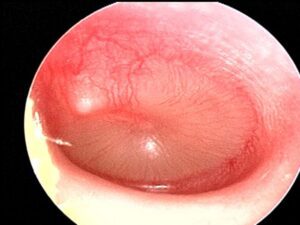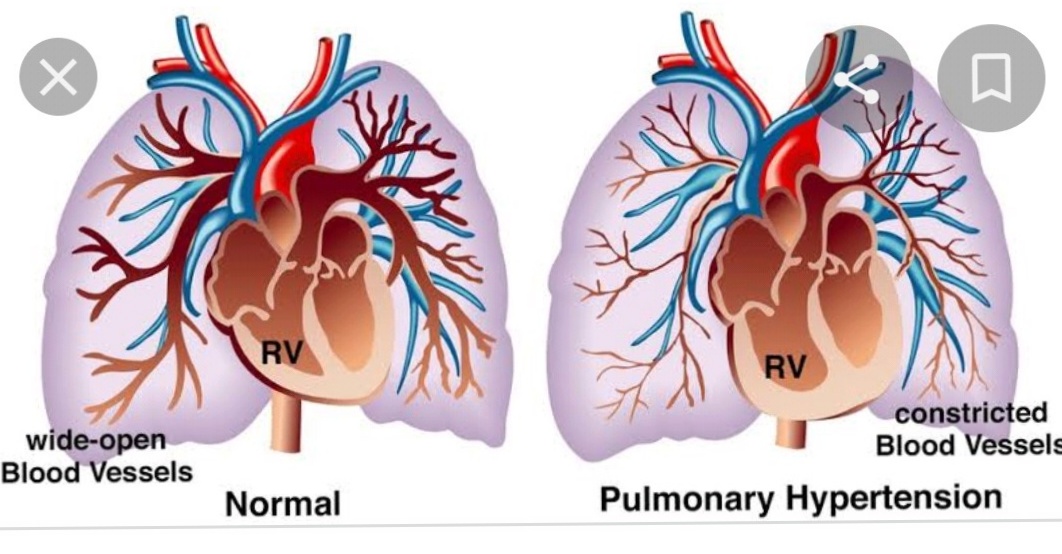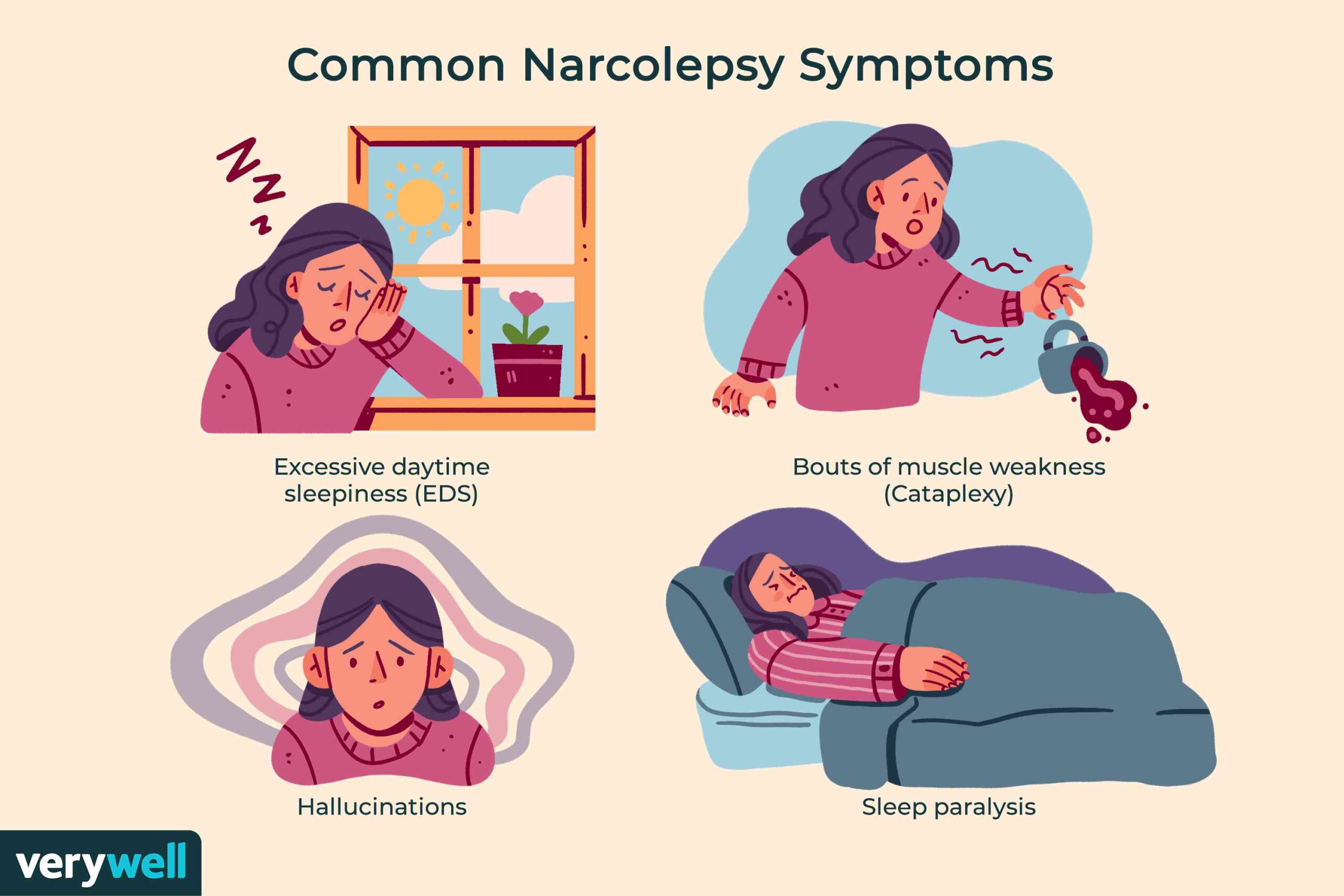Ear Discharge-various aspects-
Ear discharge -Introduction-
Ear discharge, medically termed as otorrhea, is a condition where fluid drains from the ear. The discharge can vary in consistency and color, indicating different underlying causes. This article explores the common causes, diagnostic procedures, and treatment options for ear discharge.


Causes of Ear Discharge-
Infections
Otitis Externa (Swimmer’s Ear): This is an infection of the outer ear canal, often caused by bacteria or fungi. It is common in swimmers or individuals exposed to excessive moisture.
Otitis Media: Middle ear infections, often bacterial or viral, can cause pus or fluid to drain from the ear if the eardrum ruptures.
Trauma
Ear Canal Injury: Accidental insertion of objects (like cotton swabs) can injure the ear canal, leading to bleeding or serous discharge.
Barotrauma: Pressure changes, such as during air travel or scuba diving, can damage the ear drum, causing ear discharge.
Chronic Suppurative Otitis Media (CSOM)
This is a persistent infection of the middle ear, often resulting in recurrent ear discharge. It is typically associated with a perforated eardrum.
Cholesteatoma
This is an abnormal skin growth in the middle ear behind the eardrum, which can lead to chronic infection and ear discharge if untreated.
Foreign Bodies-
Objects inserted into the ear, especially in children, can cause irritation, infection, and discharge.
Allergic Reactions-
Allergies can lead to fluid accumulation and infection in the ear, resulting in discharge.
Investigations in Ear Discharge-
Medical History and Physical Examination
A thorough medical history and examination of the ear using an otoscope are primary steps. The appearance of the eardrum and ear canal can provide significant clues.
Laboratory Tests
Culture and Sensitivity: Samples of the discharge can be taken to identify the causative microorganisms and their antibiotic sensitivity.
Imaging Studies-
CT Scan or MRI: These imaging techniques can be used to identify underlying structural abnormalities, extent of infections, or presence of cholesteatoma.
Audiometry-
Hearing tests may be conducted to assess any hearing loss associated with ear discharge, particularly in chronic or recurrent cases.
Treatment-
Medications-
Antibiotics: Oral or topical antibiotics are prescribed for bacterial infections. The choice of antibiotic is guided by culture and sensitivity results.
Antifungals: In cases of fungal infections, antifungal ear drops are used.
Steroids: These may be prescribed to reduce inflammation and swelling, especially in allergic reactions or severe infections.
Ear Cleaning-
Professional cleaning of the ear canal by a ENT specialist doctor may be necessary to remove debris, pus, or foreign bodies.
Surgery-in case of ear discharge-
Myringotomy: This procedure involves creating a small incision in the eardrum to drain fluid and relieve pressure. In some cases, a tube may be inserted to keep the incision open.
Tympanoplasty: This surgical procedure repairs a perforated eardrum and removes any infection in the middle ear. For description in great detail regarding Tympanoplasty surgery -complications ,indications ,technique and other important things ,pl click on the link given below-
https://healthuseful.com/tympanoplasty/
This one above is the link for description on Tympanoplasty surgery in our website
and is a Must Read for Everyone
Cholesteatoma Removal: For description in great detail regarding Cholesteotoma ,pl click on the link given below –
https://healthuseful.com/cholesteatoma/
This one above is the link for description on Cholesteotoma in our website
and is a Must Read for Everyone.
Mastoidectomy Surgery is necessary to remove a cholesteatoma to prevent complications. For description in great detail regarding Mastoidectomy Surgery -complications ,indications ,technique and other important things pl click on the link given below-
This one above is the link for description on Mastoidectomy surgery in our website and is a Must Read for Everyone .
In most of the cases Mastoidectomy surgery has to be combined with Tympanoplasty -together called Tympanoplasty with Mastoidectomy surgery-for description in great detail regarding this pl click on the link given below-https://healthuseful.com/mastoidectomy-with-tympanoplasty/
This one above is the link for description on Tympanoplasty surgery in our website and is a Must Read for Everyone
For treatment of chronic otitis media in great detail pl click on the link below
https://healthuseful.com/treatment-of-chronic-otitis-media/
This one above is the link for treatment of chronic otitis media in great detail and is a Must Read for Everyone
Management of Underlying Conditions-
Treating allergies, managing chronic diseases like diabetes, and avoiding irritants can help prevent recurrent ear discharge.
Prevention
Avoid inserting objects into the ear: Educating patients, especially parents of young children, on the dangers of inserting objects into the ear is crucial.
Ear protection: Using earplugs while swimming or during exposure to loud noises can help prevent infections and injuries.
Conclusion-
Ear discharge is a symptom that can result from various underlying conditions, ranging from infections to trauma. Accurate diagnosis through a combination of medical history, physical examination, and diagnostic tests is essential for effective treatment. With appropriate medical and sometimes surgical intervention, most cases of ear discharge can be successfully managed, preventing complications and promoting ear health.
Pl comment on this article and share link of this article with others ,which is given below
https://healthuseful.com/ear-discharge/



